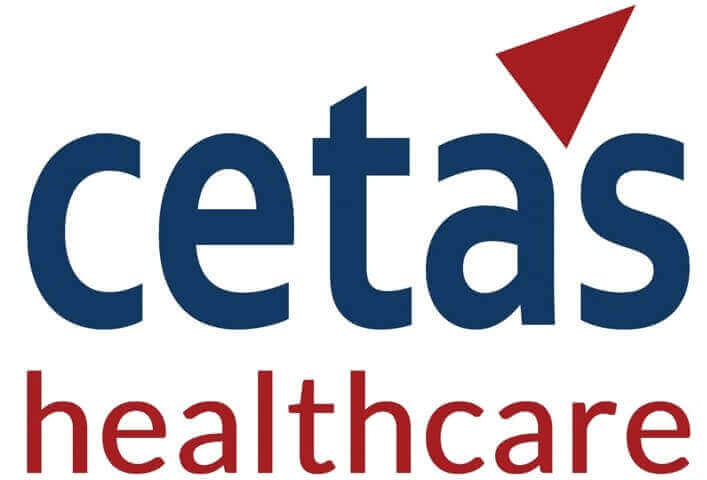X
Orthopedic manufacturers are delivering solutions that enhance patient outcomes, improve surgical efficiency, and contribute to the overall advancement of healthcare. As the market for orthopedic devices continues to expand—effectively communicating the complex benefits of these products to a diverse audience is more critical than ever. This audience includes not only surgeons and hospital administrators but also payers and patients, each with unique perspectives and needs. This is where message testing becomes indispensable.
Message testing research in orthopedics involves a multi-step process, typically encompassing both qualitative and quantitative methodologies. Below is a detailed breakdown of the key technical aspects involved in message testing for orthopedic products, ensuring that the value propositions are communicated effectively across all channels:
Effective message testing begins with a thorough segmentation of the target audience. In orthopedics, this may include:
Each segment requires distinct messaging to address their unique concerns and priorities.
Developing effective test messages requires a collaborative effort among the marketing, product development, and clinical teams. The goal is to create messages that emphasize the unique selling points of the products, or the key change in the product with respect to previous generation, which can significantly influence both healthcare providers and patients. Key differentiators to highlight include:
These messages should be crafted in various formats to reach diverse audiences effectively. This includes:
Incorporating these elements into the message development process will help ensure that the orthopedic products stand out in a competitive market and resonate with both healthcare professionals and patients alike
The qualitative phase typically involves focus groups and in-depth interviews with representatives from each target segment. The objectives include:
This phase is crucial for refining messages before they are tested quantitatively.
The quantitative phase involves testing the refined messages through surveys or experiments. This phase involves systematic testing using surveys or experiments to gather data that can provide insights into message effectiveness. This can be conducted using several approaches:
The results of these studies provide statistically significant data on which messages are most likely to succeed.
The data collected from both qualitative and quantitative research is analyzed to identify the most effective messages. Key metrics may include:
Based on this analysis, messages are further refined to optimize their impact.
Once the optimal messages have been identified, they are incorporated into the broader marketing strategy. This may involve:
The insights gained from message testing not only enhance the effectiveness of marketing efforts but also contribute to a more coherent and persuasive brand narrative.
Message testing provides the empirical foundation needed to communicate value effectively to a diverse and discerning audience. By investing in robust message testing research studies, orthopedic manufacturers can ensure that their products stand out in a crowded marketplace, resonate with key stakeholders, and ultimately drive business success.
Incorporating these techniques into your marketing strategy will enhance communication and foster stronger relationships with healthcare professionals, payers, and patients alike—ensuring that your products are recognized for the value they truly bring to the table.
Our experts at Cetas Healthcare can help you by leveraging our extensive experience in message testing and market research within the orthopedic sector.


We provide the best insights for your business
